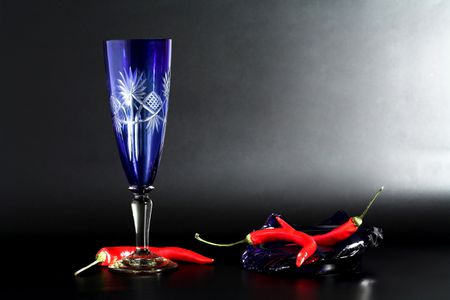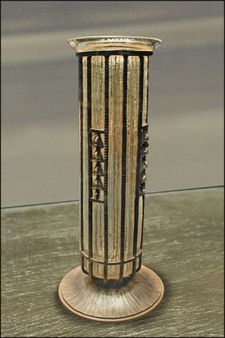How to spot Art Deco Glass vases
Art Deco Glass vases are characterised by bold, angular-shaped vases with geometric patterns and shapes acid-etched onto the glass. Art Deco patterns are very different from the curved flowing lines of Art Nouveau that preceded Art Deco. This article helps you to spot Art Deco Glass vases.
Art Deco Glass design
The majority of Art Deco glass was produced by, French, British, German, and Czech designers. The quality of the glass and etching would be extremely high, far better than modern copies.
Venetian glass
Venetian glass from the Island of Murano was used by several prominent designers of the Art Deco period. Murano glass Vases combine superb quality Venetian glass with exquisite Art Deco designs.
The artist of the time created one off-pieces and it was common practice for them to etch their name into the glass. The fact that no two pieces were identical, this has added considerably to their value today.
French designers Rene Lalique, Nancy Daum and Emile Galle produced stunning Art Deco glassware in the 1920s and 30s, and have become synonymous with the period. They used a combination of acid etching and painted enamel to produce “Art on Glass” designs, which were unique to each artist.
What to look for when buying Art Deco Glass
If you are looking specifically to buy genuine vintage Art Deco glassware, you need to know a little about the particular shapes and subject matter that each artist produced.
Austrian designer Carl Stolzl for example produced quite a lot of very angular-shaped vases in the 1930s which he called the ‘Winged Vase’, using uranium green, pink, frosted blue, and amber glass.
Popularity
Such is the popularity of Art Deco glassware today that copies of vintage Art Deco glass items are made in Romania, Poland, and the Czech Republic.
Romanian Glass copies have the word ‘TIP’ which means ‘Type’ etched on the base to show that the piece is a copy and not an original. However, it is possible to grind this mark off the glass, so buyers do need to be careful.
Prospective buyers
Prospective buyers should also be aware of how a piece is advertised, for instance, a glass vase advertised as a “Galle Vase” infers that the piece has been authenticated as the genuine article, whereas “Vase Signed Galle” merely infers that the seller is unsure of the piece’s originality and that he cannot confirm if the signature is that of the artist Galle.


